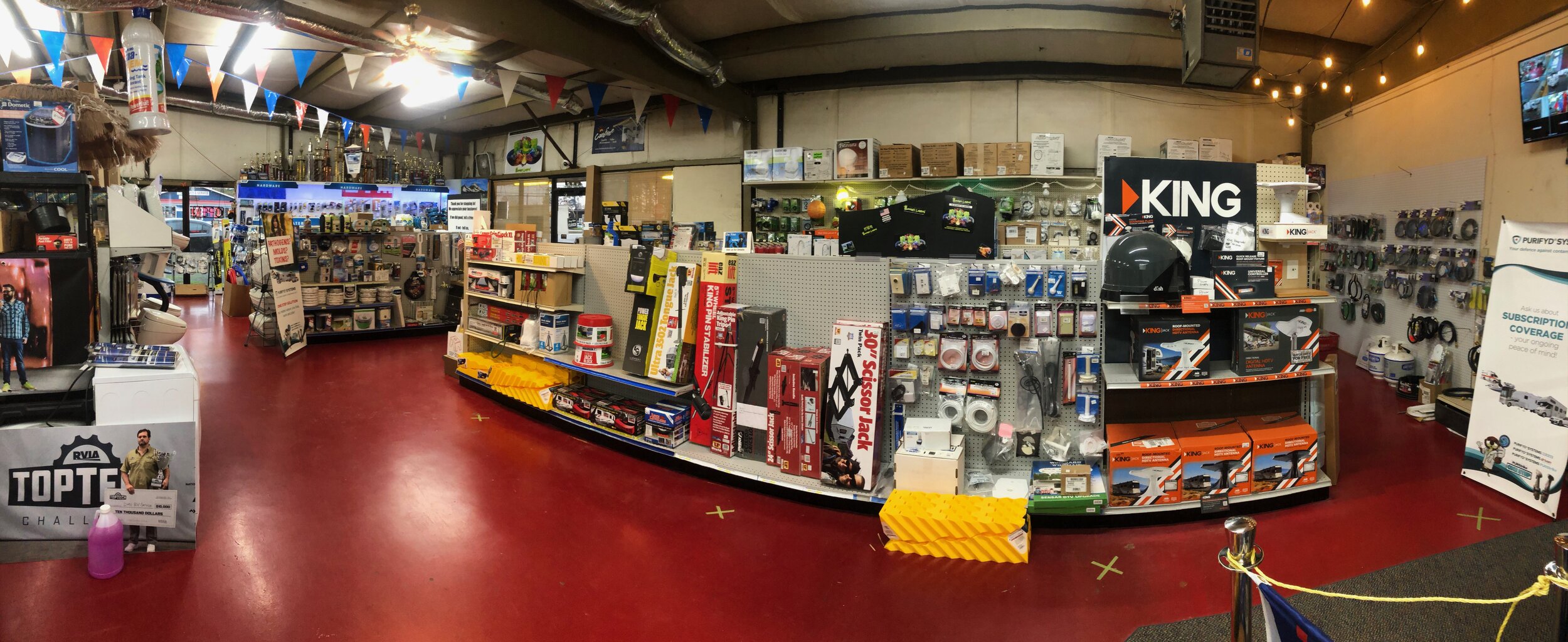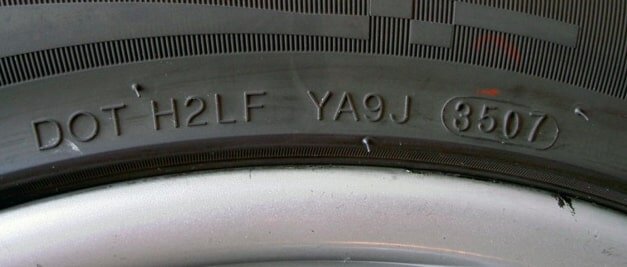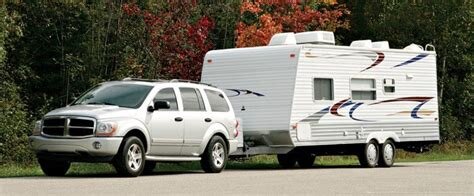
Information Overload: Simple steps to RV vacation safety.
As I traveled:
Recently I took a trip to the Gulf Coast. While traveling I noticed a lot of RV’rs enjoying the open road just like us. Unfortunately we came across quite a few people who had some type of issue. Breakdowns are a risk we all take when traveling. Some things can be done to prevent most breakdowns, but its a fact; some will just happen. I hope to add some value to your lives with a few simple thoughts about pre-trip awareness.
We all know to do the standard stuff, check the oil and antifreeze, make sure there is plenty of gas/diesel in the tank, maybe even check the air in the tires. We only went about 300 miles each way. On the way down I saw a truck pulling a bumper pull ran out of fuel, and both to and from several tires blown out on trailers and motor homes. There is not much I can tell you about how to keep fuel in your tanks, you cant wean’em. However when it comes to tires there are a few key points to consider.
Air Pressure
The air pressure in a tire is critical. If the air pressure is low it can cause the side wall to fail and blow. That is not to say that too much pressure is good. Tire failures also happen if there is too much air pressure. It is important to be able to check or monitor it. If its a hot day and the sun has warmed the pavement the air pressure will increase a little normally, The heavy loads associated with RV will cause more friction making the pressure grow. This can lead to a viscous cycle more and more until boom. It is also wise to consider load balance and other factors. If you have questions contact us we want to help.
Date of Manufacture
The date the tires were manufactured is important to know. It is easy to tell the age of the tire and 5 years is considered the life span. Some Commercial Grade found on buses and Super C’s can last longer. Always check with the manufacture of the tire if there is any question. To read the date look at the side wall there will be a 4 digit code next to the letters DOT these 4 numbers are read as the week and year it was made. 0121 would be week 1 year 2021 or 2819 week 28 year 2019. If there are only 3 digits that is prior to 2000 and clearly out of date.

The 4 digits in the oval circle are the date code.
What I saw urges me to express to you why tires are important: I have seen videos of crashes from blow out, I even had one myself years ago. However, on the way home, we saw a very light trailer blew a tire just as it got on a bridge, it swerved into the concrete wall put there to keep you on the bridge. The trailer climbed the wall and rolled over, now fortunately it looked like no one was injured, but I’m sure that was not the way they wanted to spend their trip. The trailer split open and broke apart and the SUV towing it was twisted a bit. I don’t know the age of the tire nor the pressure that was in it, but if we give our tires the best chance to perform, we can hopefully enjoy our RV more.
The Tire Pressure Monitor Systems
A tire pressure monitor can help predict or at least alert the driver to a tire failure. There a several types and brands of tire monitor. We have confidence in most of them and each will fill a specific need differently. At D&N RV we want to help you decide what will meet your needs. Just call txt or email.
Proper loading of the towing vehicle:
Just because a truck can haul the load does not mean the hitch bolted to the truck can. The receiver hitch, mounted under the rear bumper, comes in multiple weight ratings. Class I,II,III,IV,V at some point there may be more but for now that is it. The confusing part is each one of these hitches will have a rating that varies within a range. The manufacturer of the receiver will label it with its maximum capacities, total weight, tongue weight, and weight distribution. The hitch bolted to the towing vehicle is called a receiver because there is a bar that is inserted into a tube and held in place with a pin or bolt. Both the pin and the bar will have their own weight capacities. The lowest capacity on any 1 piece of the hitch; receiver/bar/pin, is the maximum weight allowed. Whew, well we got that covered now what? Glad you asked, the receiver is not the only hitch in trucks. There can also be hitches in the bed. A goose ball or Fifth wheel or some combination of both. Each of these have weight ratings to be aware of. The key is if you don’t know you’ll have to call the manufacturer if you can determine who made it. There are supposed to be conspicuous markings to tell what each parts max rating is.



Not here to judge; this set up is a little dangerous. Imagine, what will the trailer do in an emergency braking situation. Its going to push down on the rear of the towing vehicle even farther. This action lifts the front and makes it hard to stop and impossible to steer. A weight distribution hitch, as long as the towing vehicle is not over gross, would make this setup ride level, smooth, and safe.
